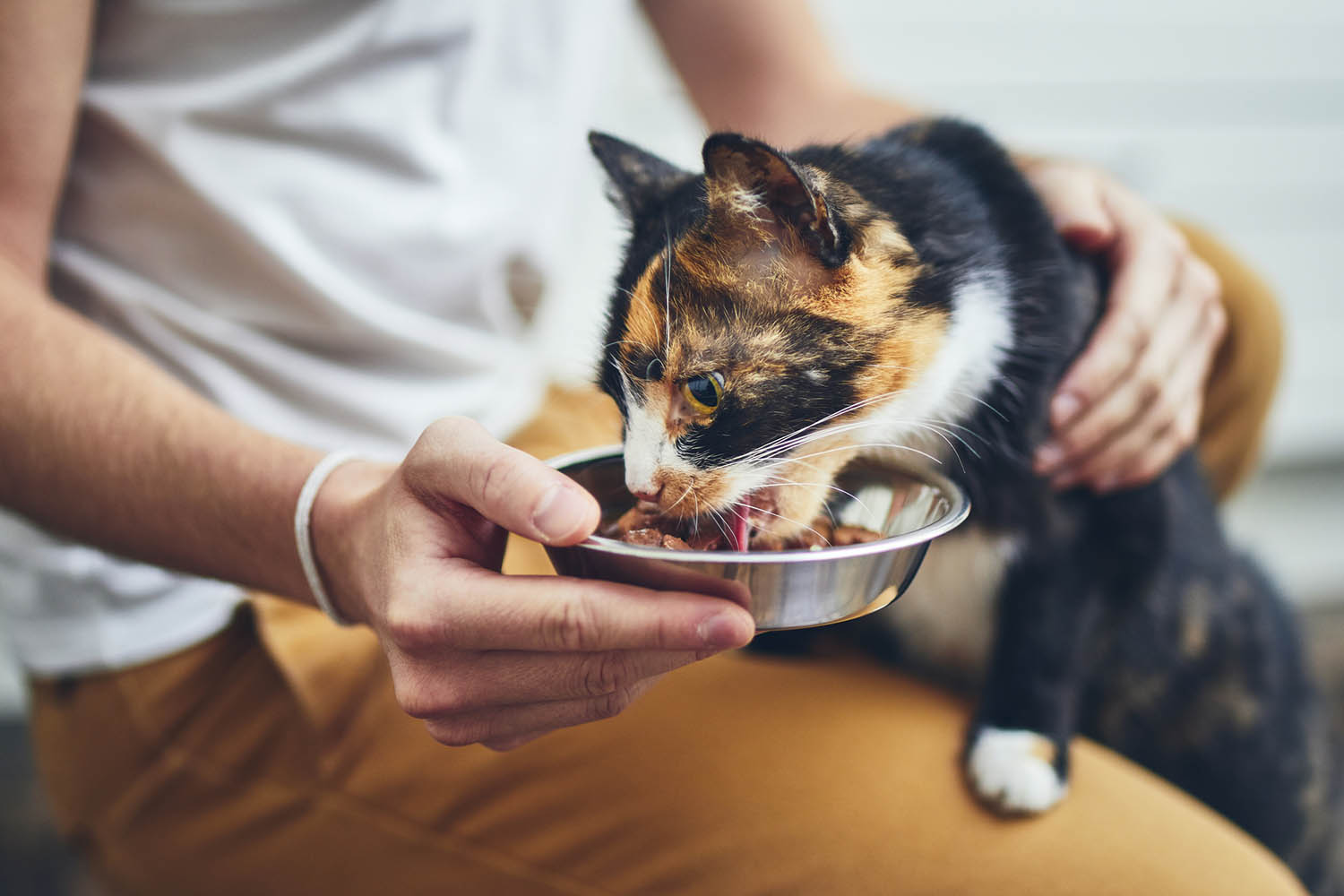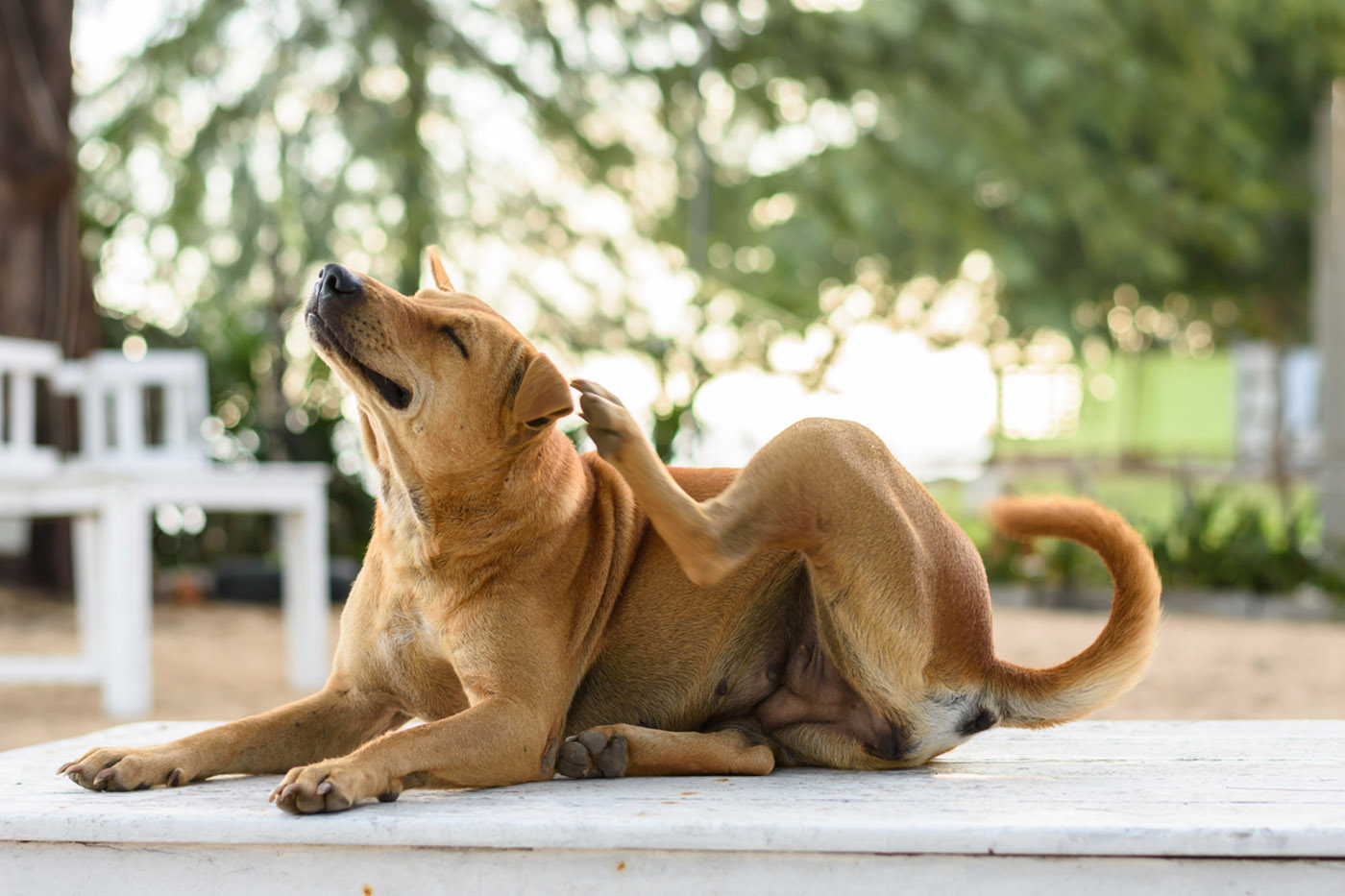Do you know how pet food is made? PFI members provide more choices than ever to feed America’s 186 million dogs and cats, including dry (kibble), wet (canned), semi moist, fresh, dehydrated, freeze-dried and raw-infused food, treats and chews.
Our member companies drive continuous improvement in the safety of ingredients and finished product. Their safety programs are forward-looking and employ practices such as applying advances in technology, adhering to strict testing protocols practicing a zero tolerance for the presence of Salmonella and other harmful bacteria, and continual monitoring throughout the manufacturing process to ensure the safest possible food products for our pets.
The Steps
1. Reliable and Trusted Ingredient Suppliers
Pet food safety starts with reliable suppliers. The companies that supply pet food ingredients are regularly inspected by PFI members. This can include a review of the supplier’s quality control procedures and their adherence to good manufacturing practices safety principles, and reviewing for processes consistent with hazard analyses. Even after suppliers are approved, incoming ingredients are scrutinized according to company specifications.
2. Hygienic and Secure Design of Pet Food and Treat Manufacturing Facilities
The facilities where pet food and treats are produced are designed with safety in mind, to prevent product contamination and maximize security.
Facility design may include:
- Use of stainless steel manufacturing equipment;
- Installation of handwashing stations and foot bath;
- Positive airflow and established walking patterns to minimize contamination;
- Protective coatings on floors and walls to enable sanitization throughout the manufacturing process; and
- Security of facility perimeter, internal area, equipment and ingredients.
3. Inspecting and Testing Ingredients during Arrival and Unloading
Ingredients can arrive to the pet food facility in different ways. Some grains and ingredients are put into silos and shipped in bulk via railcar, some ingredients arrive in bags (meals, vitamin and mineral premixes), and oils are shipped in tanker trucks or drums. Meat, poultry and fish are usually transported in refrigerated trucks.
All ingredients are assessed and tested for a series of requirements, as appropriate. For example, manufacturers may:
- Review for safe handling during transportation by inspecting the integrity of container seals and cleanliness of the hopper;
- Verify that the tanker truck was washed prior to loading and proper temperature control was maintained, and inspect for the unintended presence of metals;
- Ensure compliance with specific nutrient and grading specifications such as protein, fat, moisture and fat content, check for anti-oxidant levels or for the presence of bacteria, spoilage, infestation or toxins.
4. Continuous Monitoring during Manufacturing
Throughout the cooking, shaping and drying process, steps are taken to ensure safety. From pH testing, verification of proper ingredients used, maintenance of proper temperatures to screening for metals, pet food and treat makers are committed to providing the highest quality food for your pet.
Some ingredients, such as meat meals, vitamin mixes, and grains, are blended and ground to a desired size that allows for proper cooking with steam and heat. These ground ingredients are mixed with meat, and liquids (water, steam and fat) are added during the cooking process to ensure the product reaches an appropriate temperature to fully eliminate bacteria and pathogens. This is often referred to as the “kill step” – the point in the manufacturing process that eliminates potentially deadly pathogens.
There are various cooking methods:
- Dry and semi-moist food can be cooked and shaped in an extruder. Extrusion is used for many human foods such as cereal and pasta. The food is cooked and pushed through the die plate with holes in it, similar to a cookie press. The holes are of a specific shape and size, and as the food exits the extruder, it is immediately cut to the desired size and transferred directly to a dryer to remove the remaining moisture. It is then often coated with natural flavors and cooled. Once cooled, the food is ready for packaging.
- Wet food is not extruded, but rather poured into cans which are then vacuum sealed and sterilized in a heat and steam chamber (a retort) prior to labeling. The primary difference between dry and wet pet food is the moisture content. Dry pet food typically contains 10-12 percent moisture, while wet food contains between 70 and 80 percent.
- Fresh pet food uses fresh meat or poultry, is not cooked at as high a temperature and does not use preservatives. This product will have a shorter shelf-life than wet or dry pet food and must be kept refrigerated.
- The process of making treats is very similar to the process of making food. Baked treats are made much like cookies. The ingredients are mixed in a bowl with liquids (water, oil, meat) until a dough forms. The dough is then rolled into different shapes, such as a bone. The biscuits are then baked in an oven at a specific temperature for a specific time to ensure any pathogens and bacteria are killed, cooled and packed. Some treats are also made using extruders. The ingredients, including the meat, are mixed and cooked then pushed through the extruder to ensure any pathogens and bacteria present are killed.
- Rawhides are the lower layer of the skin of a cow (the upper layer will be used as leather) which are thoroughly cleaned and may be whitened. A hide can be cut into strips of varying sizes and shapes, and heated so it dries and reaches a kill step. Hides that include meat or a basting will go through an additional kill step to help ensure safety.
Steps to ensure safety during the manufacturing process include:
- Verification that proper temperature, pressure and pH are maintained;
- Environmental testing in the facility for the presence of bacteria;
- Inspection for metals;
- Verification of correct equipment set-up and function;
- Verification that the correct product size, shape, color, protein, fat and moisture level are being produced; and
- Sanitization of the equipment before the manufacturing of a different product begins.
5. Safety and Traceability Assurances during Packaging
Regular testing and inspection continue before the food arrives at the store shelf. Examples of these measures include:
- Verification that the proper mix of product is dispensed into the proper package, at the correct weight;
- Verification of the correct barcodes and date codes for product traceability;
- Review of integrity of containers, equipment and packaging;
- Verification of the package/container seal integrity;
- Environmental bacteria testing;
- Testing the product to confirm the Guaranteed Analysis;
- pH testing;
- Checking for the presence of unwanted moisture or condensation;
- Reviewing quality factors, such as product consistency; and
- Confirmation that the proper shipping conditions will be maintained.
6. Regulatory Oversight
Pet food is regulated at both the federal and state levels.
In the United States, pet food is among the most highly regulated of all food products, and PFI members are taking a forward-looking approach to ensuring food safety. While pet food makers and their suppliers have always been required to market safe products under the Federal Food, Drug and Cosmetic Act (FFDCA) of 1938, the Food Safety Modernization Act (FSMA) – signed into law in 2011 – brought about the most comprehensive changes to U.S. food safety regulation in more than 70 years. FSMA and its implementing regulations promulgated by the U.S. Food and Drug Administration (FDA) place an emphasis on preventing foodborne illness.
- Current Good Manufacturing Practices (CGMPs): Under FSMA, pet food makers must implement CGMPs, up-to-date steps that help ensure foods are produced in safe environments. FSMA codifies many of the safety practices already utilized by PFI members and requires all pet food makers to proactively address potential food safety concerns.
- Hazard Analysis and Risk-Based Preventive Controls: PFI members are also preparing for the September 2017 compliance deadline for implementation of the hazard analysis and risk-based preventive controls provisions of FSMA. These require each pet food maker to identify potential hazards (physical, chemical and biological), evaluate the potential hazard and establish preventive controls to mitigate those hazards.
All commercial pet food facilities in the U.S. must register with FDA and are regularly audited by agency inspectors. In addition to FDA, pet food makers must adhere to state and federal rules and regulations, including those set by:
- Federal Trade Commission (FTC), which regulates pet food labeling and advertising claims; and
- U.S. Department of Agriculture (USDA), which regulates meat quality and determines which animals can be used in human and pet food.
Finally, states require pet food makers to register each of their products before they may be sold within state borders. This product registration process involves state evaluations of products and labels to ensure compliance with applicable state requirements. Through the state registration process, regional regulators also have an improved understand of all products sold in their state. In the case of a product recall, state regulators are able to better discern where and which product SKUs are affected, and respond accordingly.



